The Tampa Bay Buccaneers reported for training camp on Wednesday, July 25, then hit the field for their first camp practice the next morning. On August 2, the team held a practice inside its indoor training facility and turned it into something approximating a "mock game."
If one starts the count on the day of the first practice, that mock game fell on the eighth day of camp, or the start of a new week. Something happened on the morning of that eighth day that had not occurred at any point during the first week: The Buccaneers made a roster move.
Well, a pair of roster moves, as is usually the case. First-year running back Dalton Crossan was waived with an injury designation and the Bucs filled that spot by signing first-year running back Dare Ogubonwale, who had briefly been on their practice squad last season. That bit of business was taken care of before practice started and Ogubonwale was able to join in immediately.
There wasn't anything particularly unusual about those roster moves. What was unusual was that those were the very first changes to the 91-man lineup since the team started practicing. I couldn't help myself when writing about the moves on Thursday morning, opening the story with the line, "It took a whole week, but the Tampa Bay Buccaneers have their first change to the roster since the start of training camp."
Was I exaggerating with my surprise? I don't think so. In fact, I went back over the last decade of training camps to see if I was right. I wanted to pinpoint when the first changes to the roster were made after practice begun. I didn't count the typical handful of moves on reporting day, and just to be safe I didn't count any moves that happened on the first day of practice. It's hard to tell from roster-maneuver logs if a move happened before or after that first practice took place.
And, yes, I was right. Last year, it was only three days into camp before the team signed safety Marqueston Huff and wide receiver Jhajuan Seales while releasing safety Alex Gray and wide receiver Thomas Sperbeck. In 2016, the arrival of new offensive lineman Caylin Hauptmann was combined with the departure of quarterback Dan LeFeveour on the fifth day of camp. Over the decade of Bucs camps before this one, the latest first roster maneuver occurred in 2010, on Day Seven. The Bucs beat that by one day this summer.
I could go back further, but I think I've made my point. Plus, it's a tedious exercise and nobody actually asked about camp's first roster moves in the mailbag, so I may be chasing my own tail here. Let's move on to your actual questions.
A reminder that you can send questions to me anytime you want on Twitter (@ScottSBucs) and they're easier to find if you include the hashtag #SSMailbagBucs. As you'll see from time to time, I also unilaterally appropriate for myself – as any good pirate captain would – questions I like that are meant for our Insider Live show or are simply responses to one of my previous tweets. As always, if you'd prefer to email your question and maybe bust past that 280-character limit, you can do so to tbbsocial@buccaneers.nfl.com.
Why, Kurtis, I'm glad you asked. I happened to have jumped on the Shaun Wilson bandwagon right at the start of training camp and I haven't had any reason to jump off yet.
For those who don't know, Wilson is a rookie running back out of Duke whom the Bucs signed as an undrafted free agent in May. It's near certain that he slipped through the draft for his size, which is listed at 5-9 and 185 on the current Tampa Bay roster. It certainly wasn't for a lack of explosiveness, as Wilson had at least five offensive plays of 46 or more yards, including two longer than 80. He also had at least one kickoff return of 76 or more yards in each of the last three seasons, two that went for touchdowns.
It's that last note that gives me confidence that Wilson has a shot to stick on the 53-man roster. It's uncommon for an undrafted rookie to make the roster if he doesn't offer some value on special teams, and Wilson's value could be tremendous if he wins the kickoff return job. He's getting plenty of opportunities in that role in camp so far (plus a few reps on punt return) and is likely to get his shot in the upcoming games. With the new kickoff rules possibly opening things up a bit for returners (the jury is still out on that), having an impact player in that position could regain importance in 2018.
Truthfully, it's hard to tell a week into camp how well any of the running backs are doing, and that includes the likely two front-liners, Peyton Barber and Ronald Jones. I know that he looks very quick with the ball in his hands. Three days into camp, Head Coach Dirk Koetter noted one particularly good run Wilson had made and said he had been impressed to that point. Jones, brought in to add explosiveness to the Bucs' offense, said his fellow rookie back was "very talented." After the Bucs' practice this Thursday, Koetter was asked to name any particular undrafted rookies who looked like they had a shot at making the roster. Koetter eventually demurred, not feeling as if there was enough evidence yet to single anyone out, but before he did so he did say one name: Shaun Wilson.
So, I'm saying there's a chance! One or two undrafted players make the final cut nearly every year, so it's not a stretch to predict that will happen again this year. Now, the vast majority of undrafted rookies do not make it on a 53-man roster right away (often it takes a while on the practice squad first, or a season or two of bouncing around at various team's camps), so it's usually not good odds to put your money on any one such player. Still, there's enough buzz around Wilson to make you believe he has a real chance.
Now, you specifically asked me if he could be third on the depth chart by opening day. Sounds to me like you've already got him making the 53-man roster, Kurtis, which is fine. Would Wilson be third on the depth chart behind Barber and RoJo (in whichever order)? No, I don't think so. It's a near lock that the Buccaneers will keep at least four tailbacks, because that's how many Koetter likes to have active on game day, and usually at least two of those are active on special teams. So for Wilson to make the team he's either going to have to leap over a veteran like Jacquizz Rodgers or Charles Sims for one of those four spots, or he's going to have to convince the team to keep five tailbacks.
Either way, Wilson would be sharing the running back depth chart with Barber, Jones and at least one other veteran, if not two. Knowing how most NFL coaches work when they arrange a depth chart, the veteran would probably be listed third and the rookie would be fourth or fifth.
Now, let's consider the possibility that Wilson does win the kickoff return job. In that case, he would be listed first at a different spot on the depth chart, down among the special teams jobs. That would be pretty impressive in and of itself. And, if you wanted to apply a little made-up mathematics, you could say that a fourth-place spot at running back minus a first-place spot at kick returner works out to third on the depth chart overall. Doesn't really mean anything, but it works for me!
See Wilson, Shaun, above.
Actually, the two rookies who have probably been the most impressive through the first eight or so days of camp have been the second-round cornerbacks, M.J. Stewart and Carlton Davis. Stewart probably has the lead on Davis in terms of splash plays since camp itself began, but if you add in the great work Davis put in during the offseason program, it's probably about even. That's good news, particularly because they aren't really competing for the same job at the moment.
One thing that has allowed both Stewart and Davis to stand out so far is opportunity. Vernon Hargreaves missed several practices after suffering a leg laceration, which made Stewart the first-team slot corner and moved him up a spot on the depth chart on the outside. More recently, Brent Grimes has been sidelined by injury, which has meant more first-team work for Davis on the outside. Most commonly, Hargreaves (who has since returned from his injury) and Ryan Smith start in the base package, and then Davis comes on when the first team goes into the nickel and Hargreaves slides inside.
And the two rookies have certainly seized those opportunities. The NFL game definitely does not seem too big for them. Davis has been making things tough on the Bucs' outside receivers, even big guys like Mike Evans and Justin Watson, with his length and cover skills. Stewart, who possesses a non-stop motor and a sky-high I.Q. for the game (and in general), has made plays all over the field. Near the end of Wednesday's practice, Davis made an interception that had Koetter raving about it afterward; all were impressed by how well Davis broke on the ball and managed to get in front of the receiver. Stewart's splash plays have included a forced fumble at the very beginning of the first fully-padded team-run period and a whole slew of pass-breakups, including two more in Thursday's mock game.
I've seen enough already to believe that Stewart and Davis are going to see significant playing time this season, even if neither one is a starter by opening day. Here's the money quote from Defensive Coordinator Mike Smith: "Those new guys are giving us a completely different look." Given that the Bucs finished last in pass defense last year, that's certainly something you would want.
Those haven't been the only rookies to shine. First-round pick Vita Vea suffered a calf strain before the pads went on, so he hasn't had much of a chance to make an impact, but third-round guard Alex Cappa has recently started taking some first-team snaps at right guard. Cappa may not break camp as the starter, but he's turned it into a competition with Caleb Benenoch. Mike Smith had very encouraging words about the play of fourth-round safety Jordan Whitehead, too. Undrafted kicker Trevor Moore is not likely to beat out veteran Chandler Catanzaro, but he had a perfect six-for-six day on field goals on a windy Tuesday morning and he easily made a 54-yarder in the mock game. Sixth-round linebacker Jack Cichy has shed his knee brace and looks quick, particularly in one-on-one coverage drills.
There's an ebb and flow to every training camp, and particularly among the younger players there are plenty of ups and downs. A whole different rookie – maybe fifth-round wide receiver Justin Watson, who has had some nice moments of his own – may rise to the top in Week Two. But for now, just over a week into camp, my answer for most impressive rookie so far is a tie between M.J. Stewart and Carlton Davis.
So you're saying the Buccaneers are turning into the NFL equivalent of the San Francisco Giants? I'd take that! The Giants famously won the World Series in 2010, 2012 and 2014 and made the playoffs again in 2016 but have not qualified for the postseason in any odd year in the past decade.
I mean, it's kind of not the same thing, since the high end of the Bucs' odd-even variance has them at 7.4 wins per season, which is a bit under .500. But, let's not dwell on that. Tampa Bay has been better in even years over the past decade, NFC South rival Carolina has been worse in even years over the past decade and it's 2018. It's our year!
Seriously, I'm going to run with that. You asked if it's cause for optimism and I say, "Absolutely!"
Uuuuuuuunfortunately, this really doesn't hold up to much scrutiny. I mean, 2014 was an even year and the Buccaneers only won two games that season. And it's really the far end of that decade of seasons that is pushing up the average, as the Buccaneers won nine games in 2008 and 10 in 2010 and just barely missed the playoffs both times. Even cutting this off at the last 10 years is a little arbitrary. Yes, the Buccaneers won their Super Bowl title in an even year (2002), but their two most recent playoff seasons were odd years (2005, 2007).
Well, now that I've rained on that parade a little bit, I will say that I really like this statistical exercise. In fact, I decided to see how every team in the league has varied between odd and even seasons over the past decade, and if the Bucs are one of the more volatile teams.
And the answer is yes! Even more so, the NFC South is by far the most volatile division in terms of odd/even variance among its teams. As the original Tweeter here noted, the Bucs have won an average of 7.4 per games in even years and 4.4 games in odd years over the past decade. That's a difference of 3.0 games per year between odd and even seasons. The Panthers' variance of 3.6 games per year (with odd years being best) is the highest of any team in the league. But the Saints are also at 3.0 (doing better in odd years) and the Falcons are at 2.6 (doing better in even years). Outside of the NFC South, only two other teams in the entire league have a variance of at least 2.6.
View photos from the Buccaneers' 2018 Training Camp practice Friday at One Buccaneer Place.












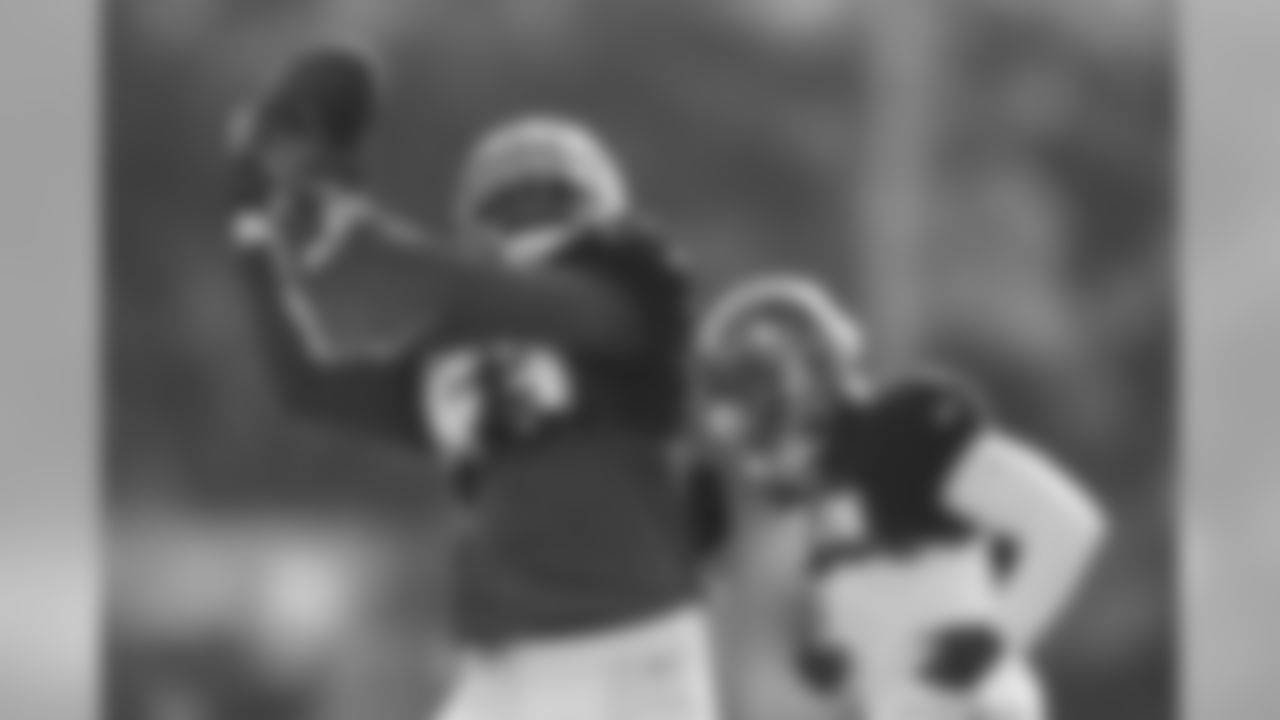
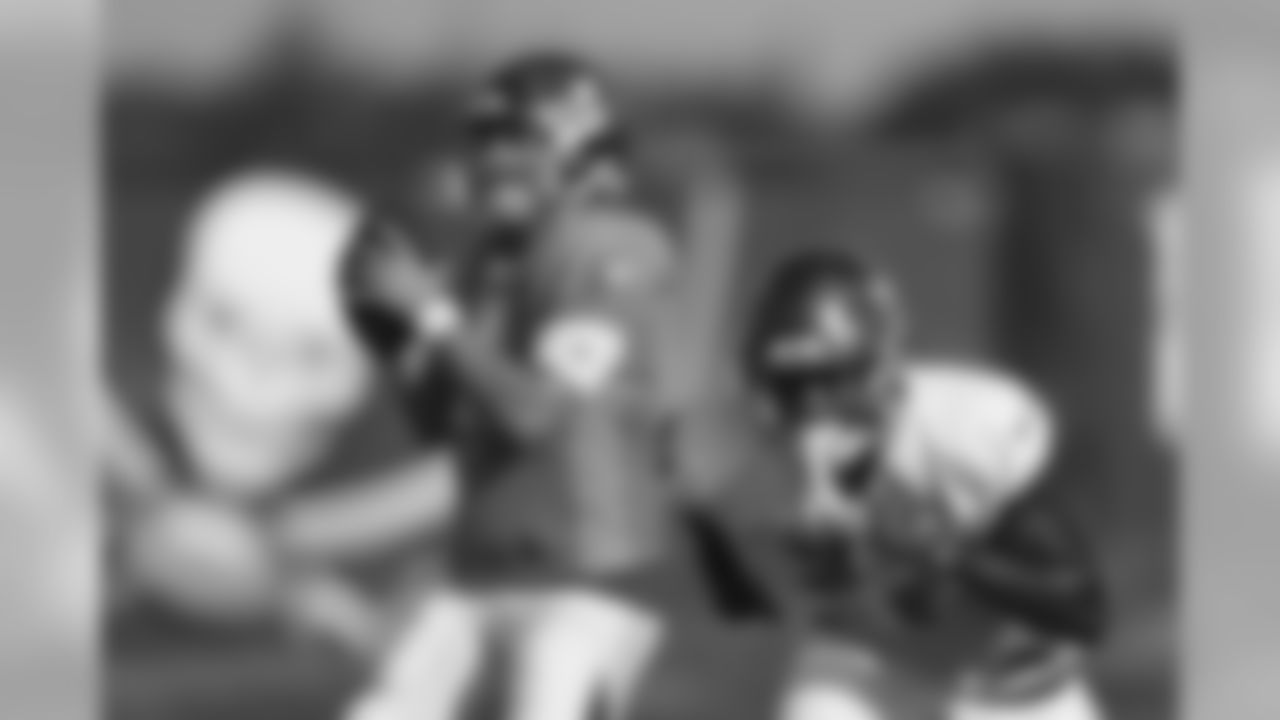
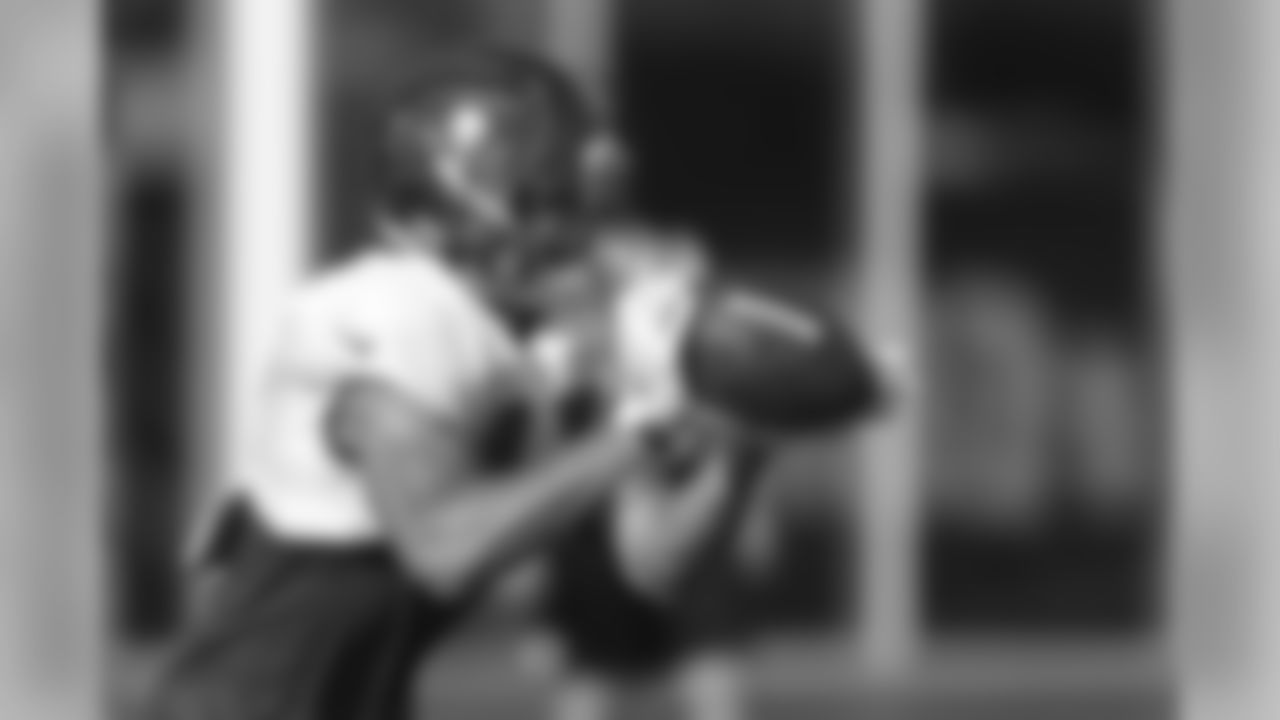








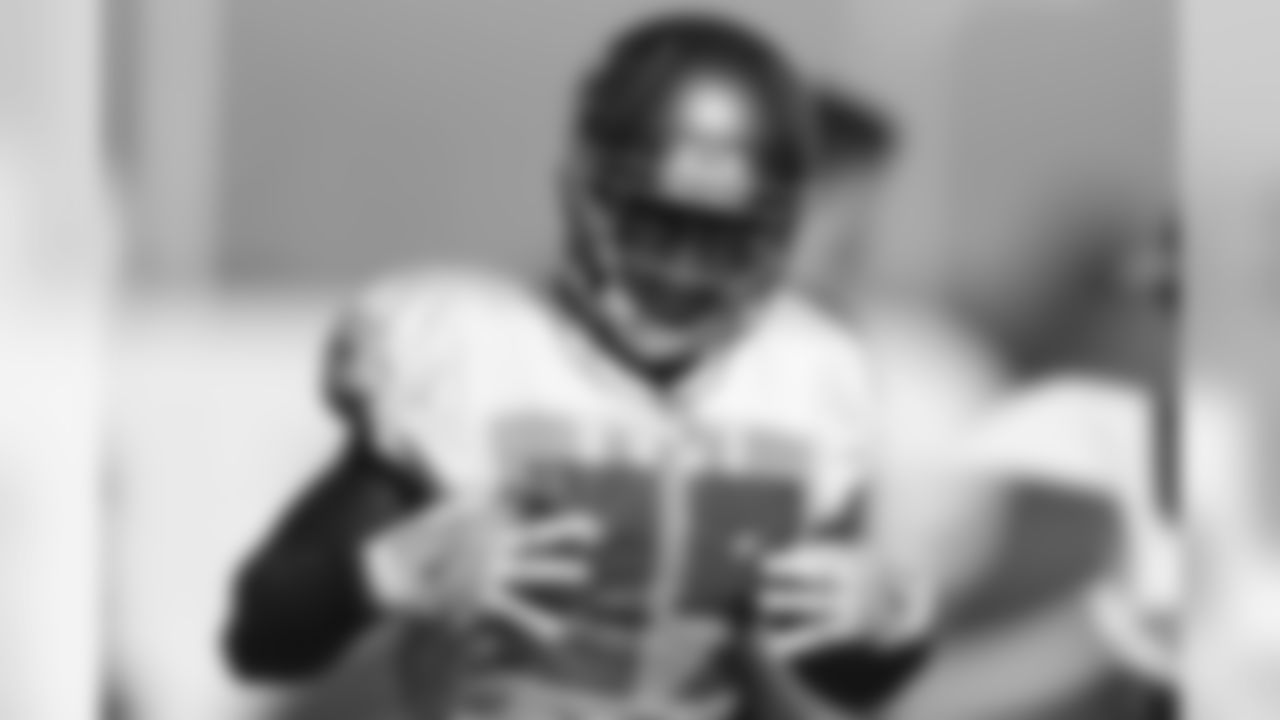



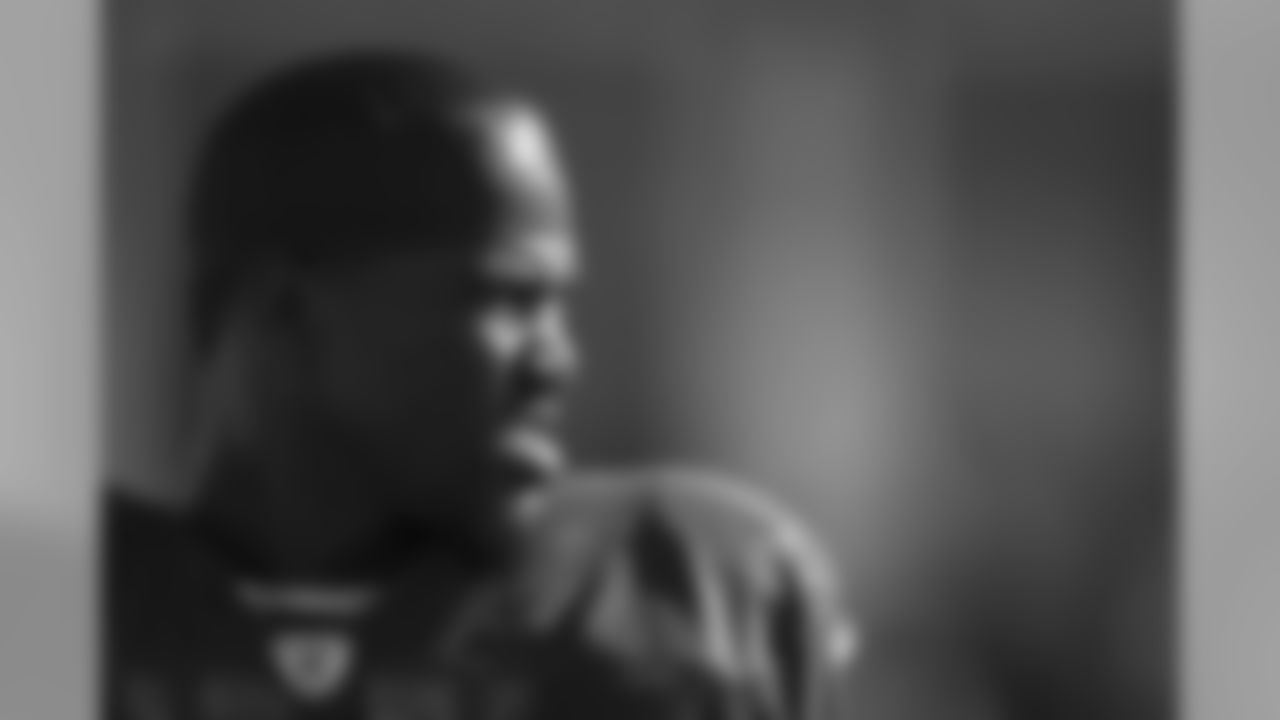








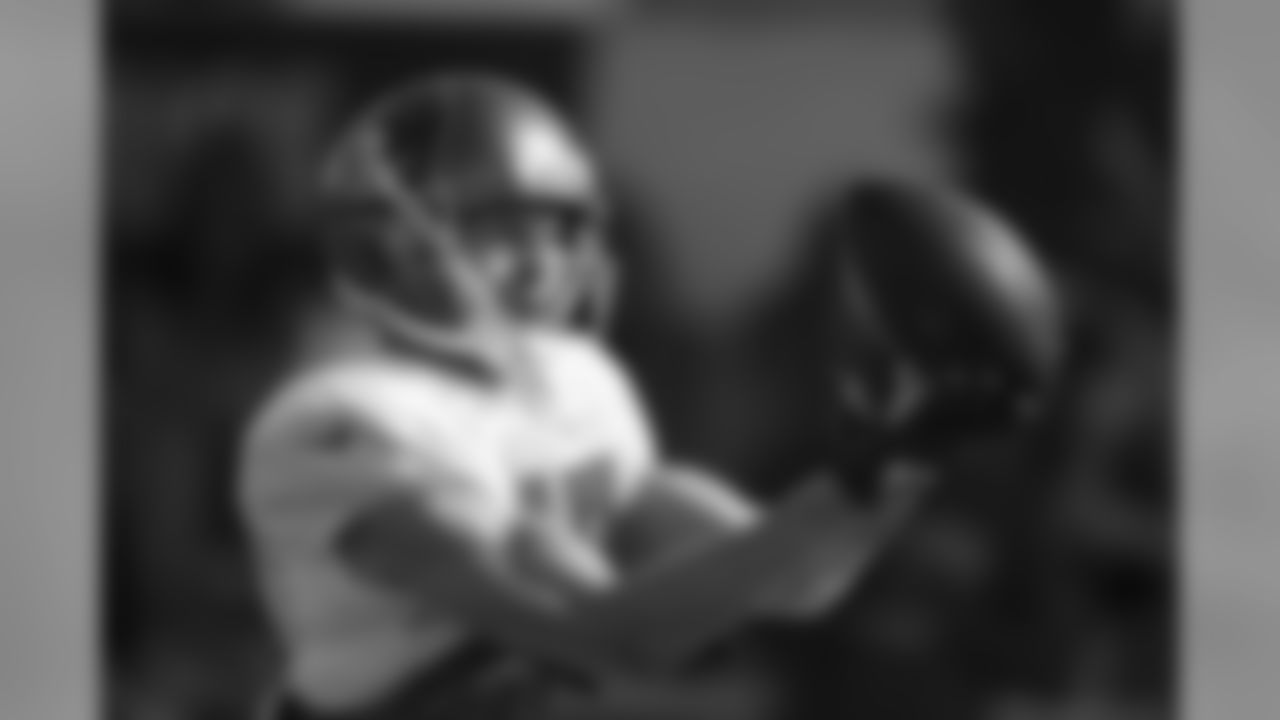
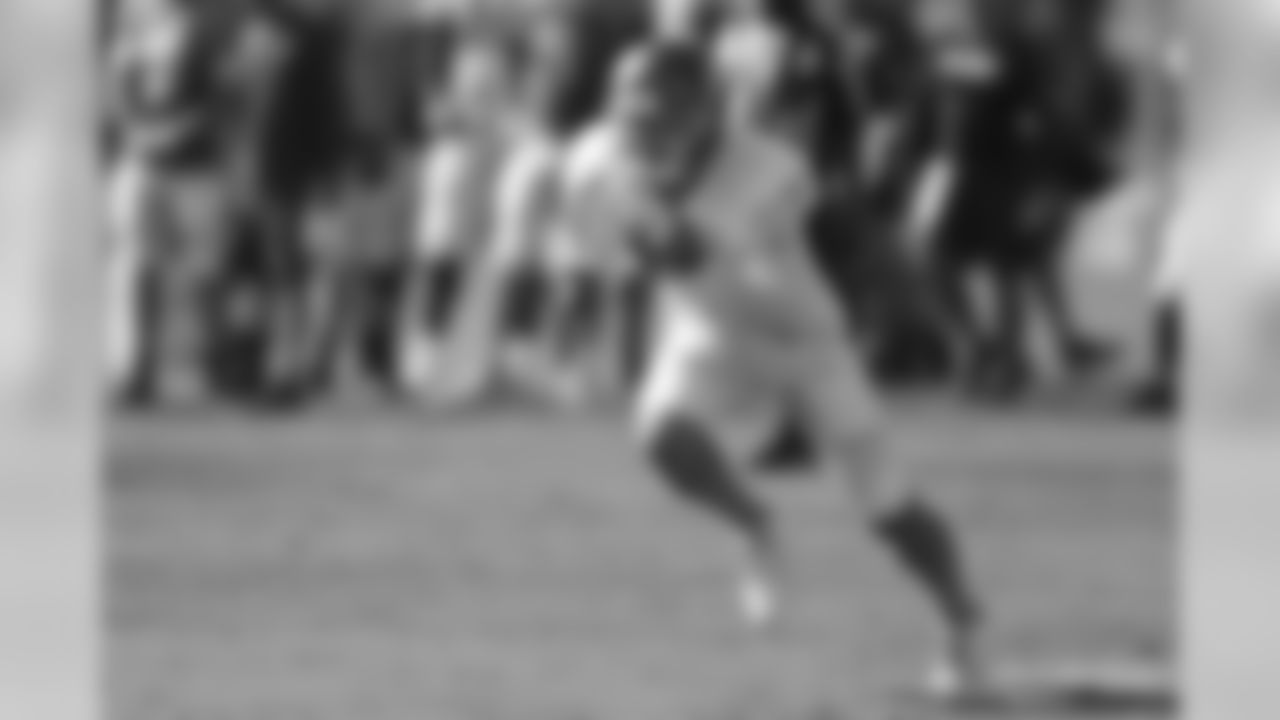
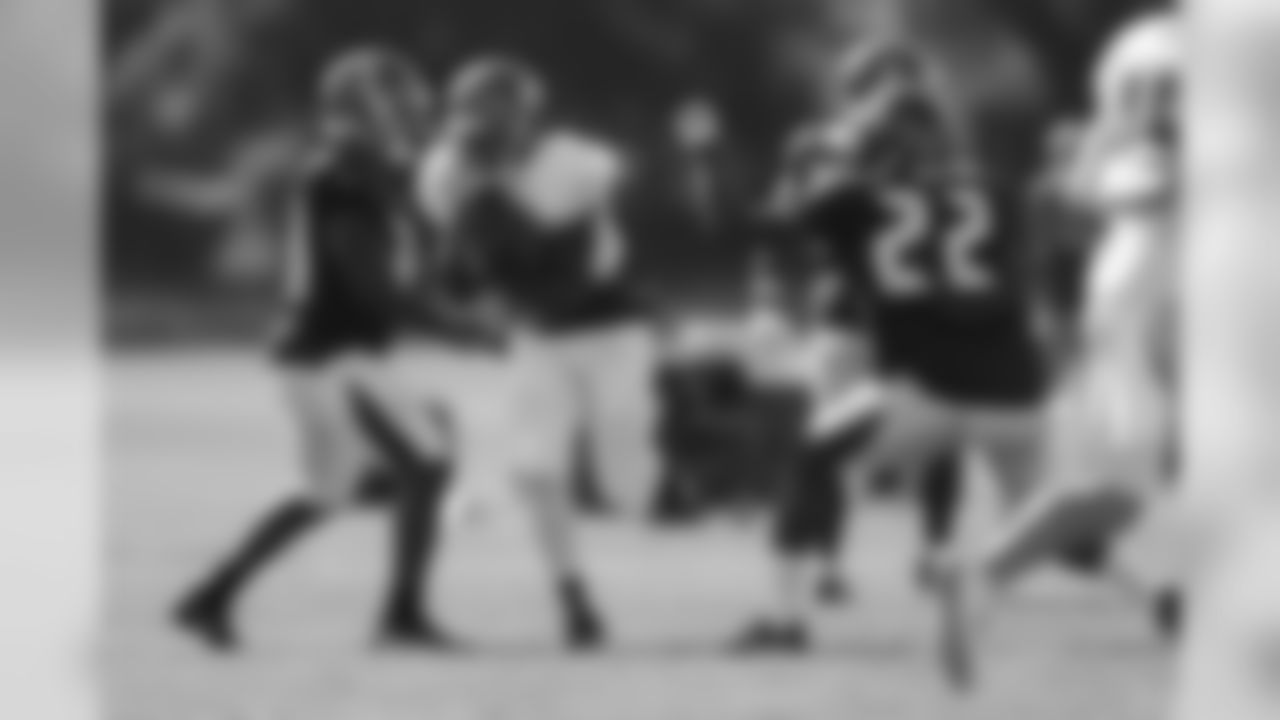
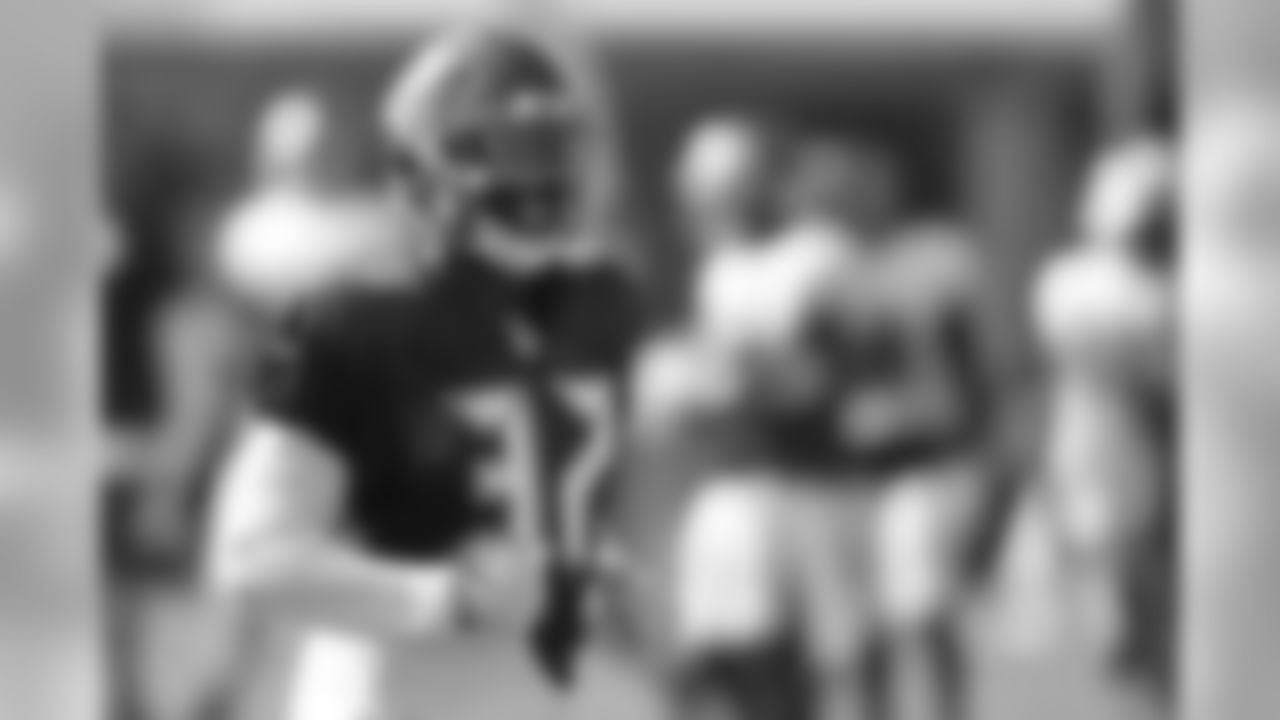

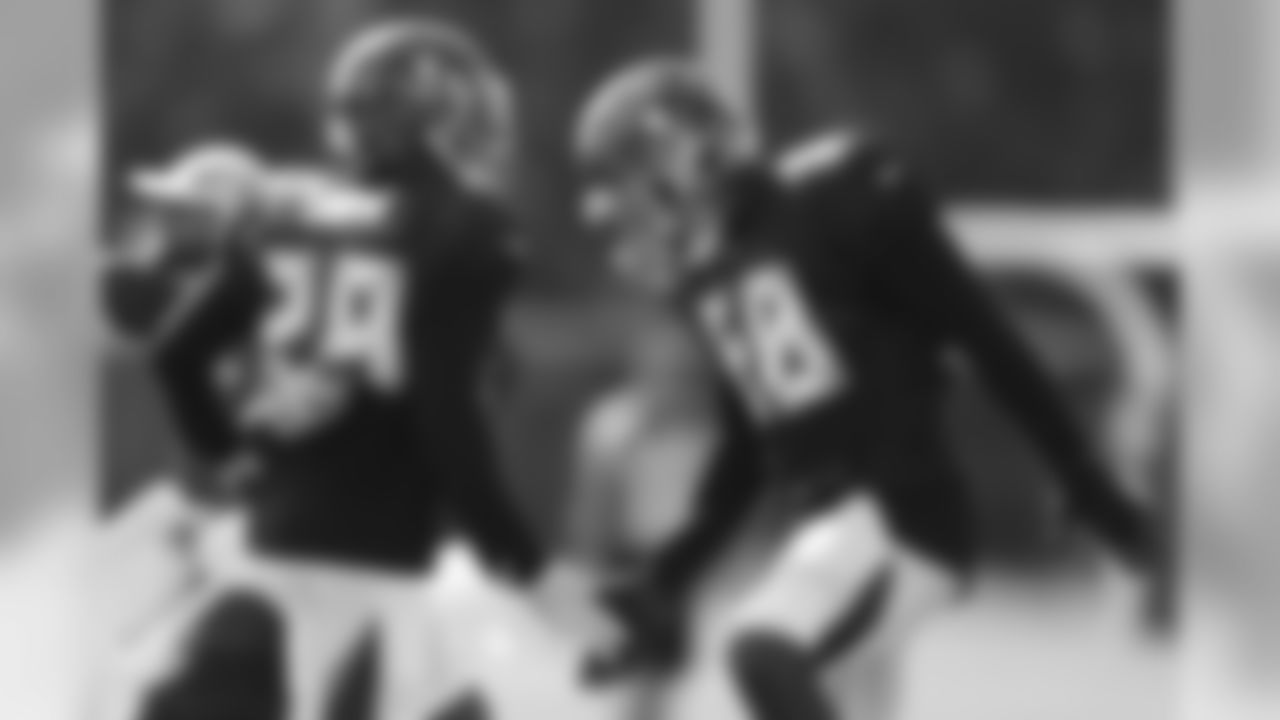

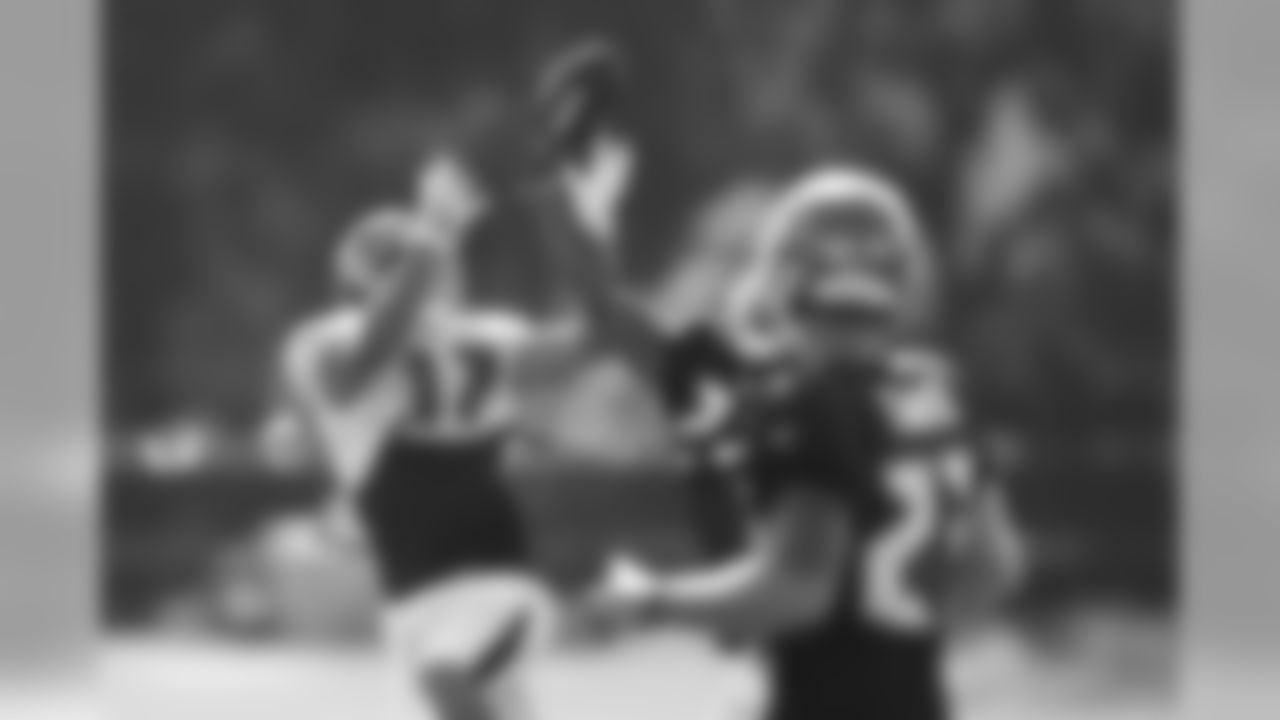



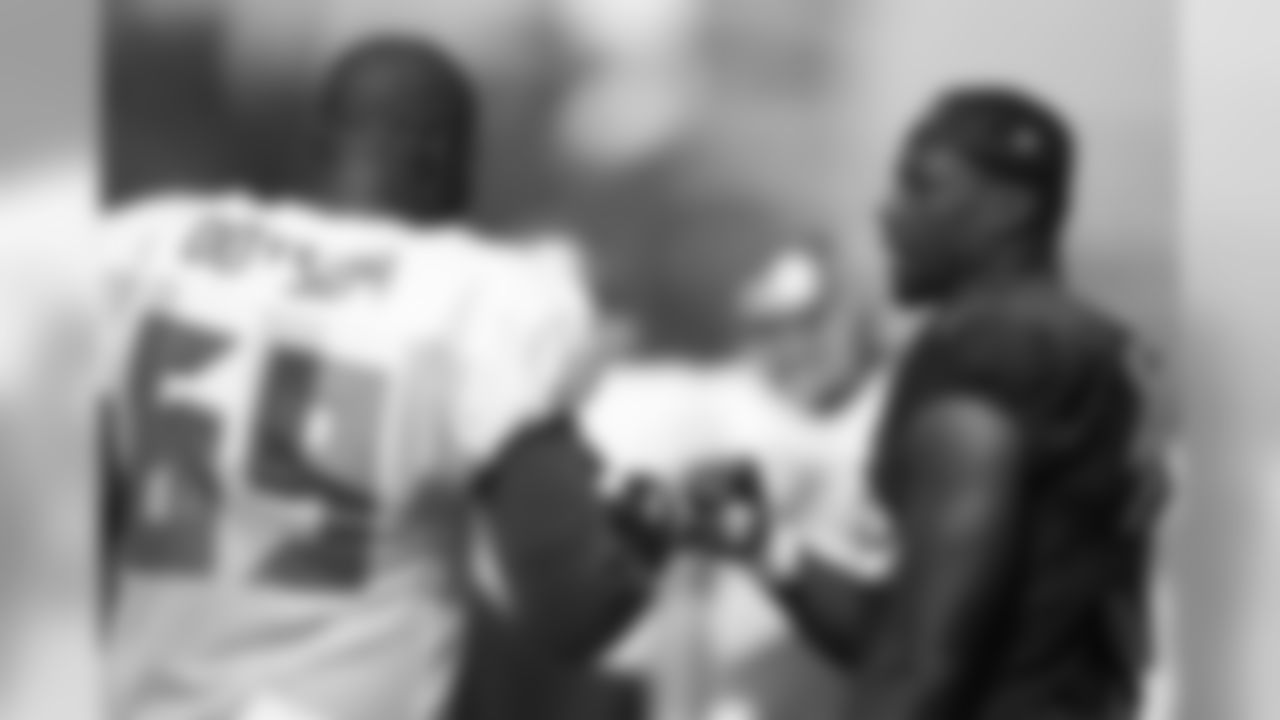
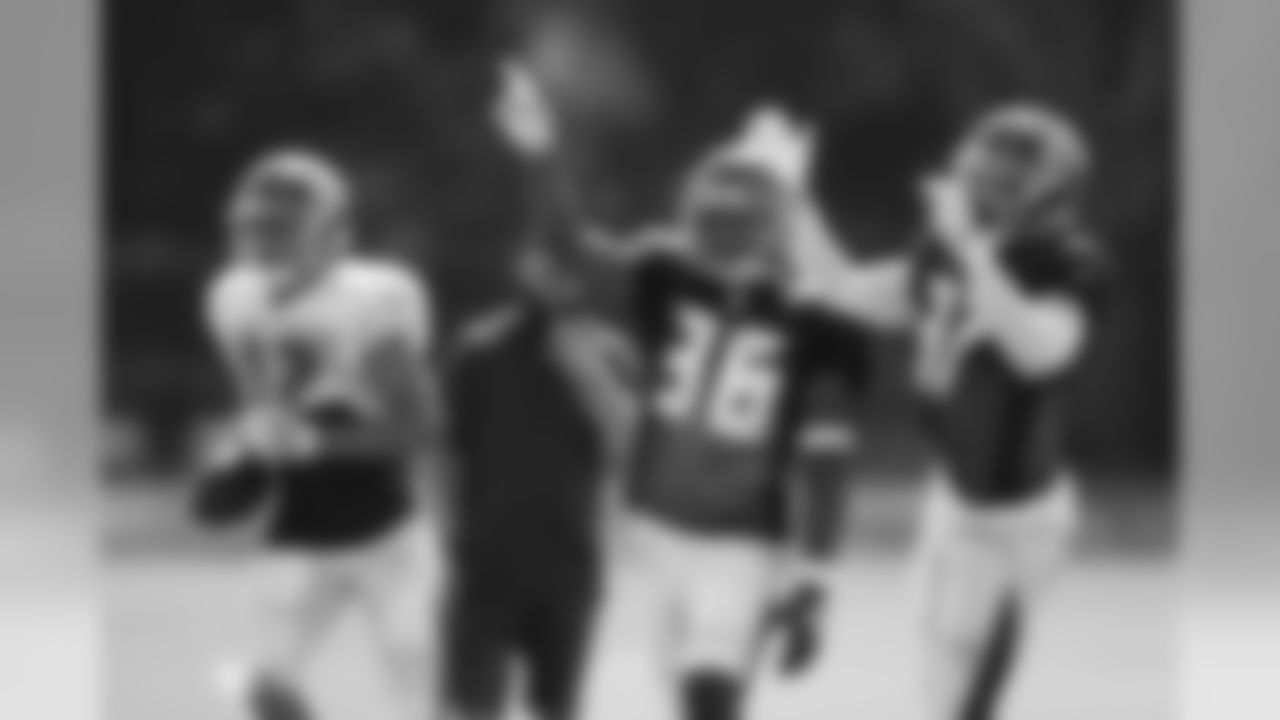

Here are the top six teams in terms of the variance in their average wins between odd and even seasons over the past decade (the better half of that equation is in parentheses):
Carolina: 3.6 (Odd)
Cincinnati: 3.0 (Odd)
New Orleans: 3.0 (Odd)
N.Y. Giants: 3.0 (Even)
Tampa Bay: 3.0 (Even)
Atlanta: 2.6 (Even)
That's just weird, isn't it? I guess if anything it shows that the NFC South is extremely volatile from year to year, and that should always be a cause for optimism for the teams that finished at the bottom of the standings the previous year.
By the way, the least volatile division in this regard is the NFC North. Not one of those four teams (Chicago, Detroit, Green Bay and Minnesota) has an odd/even variance greater than 1.0 games per season.



































